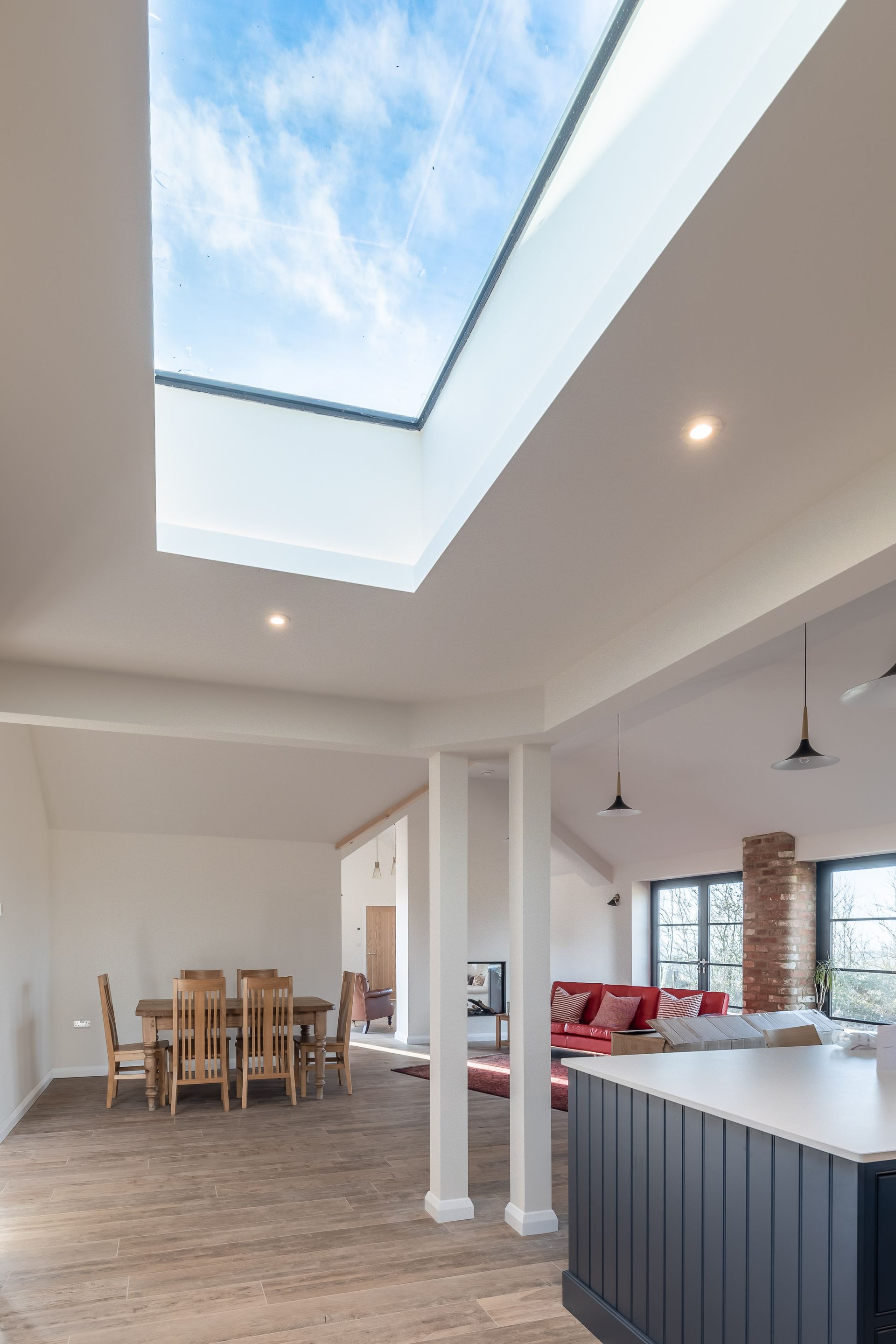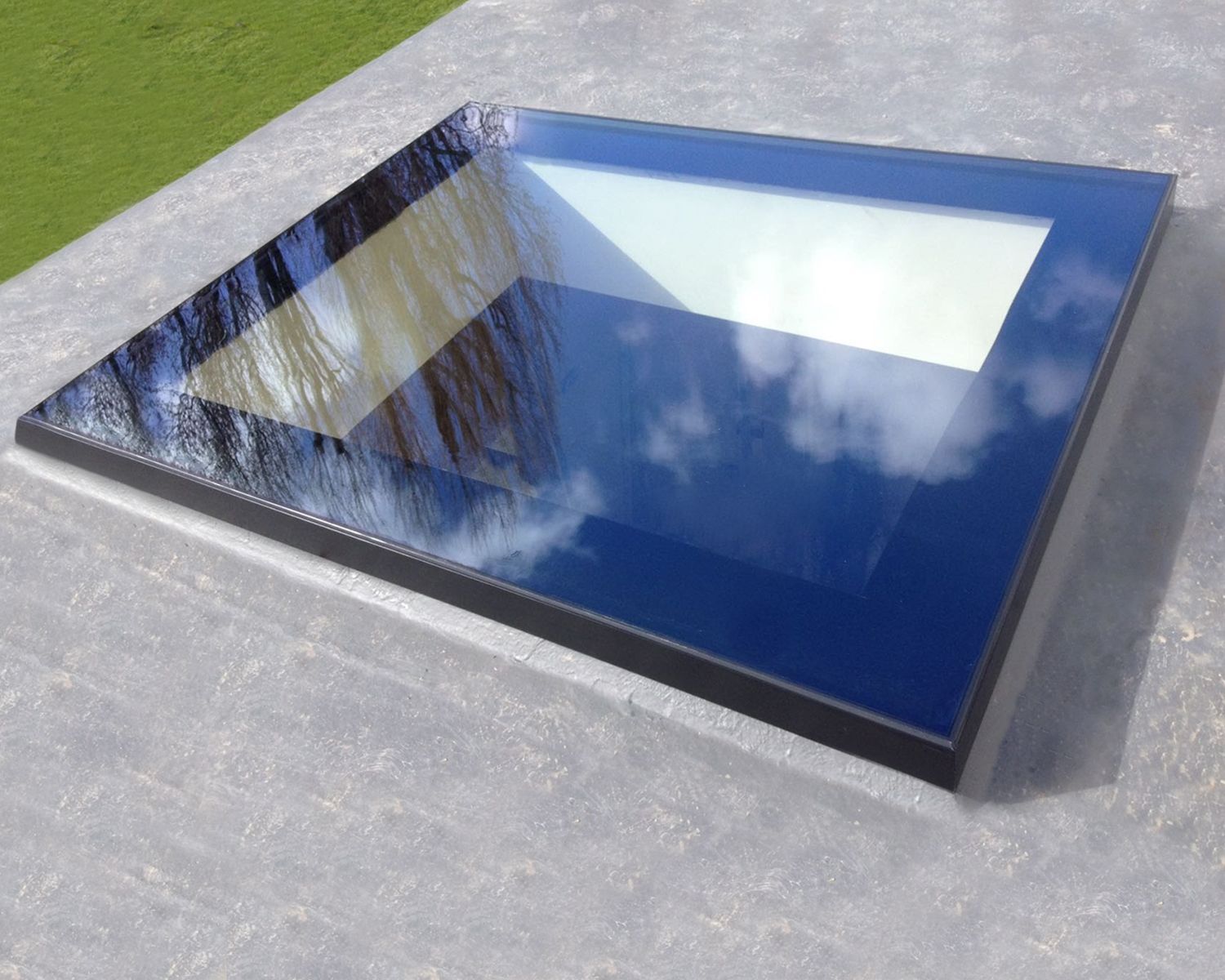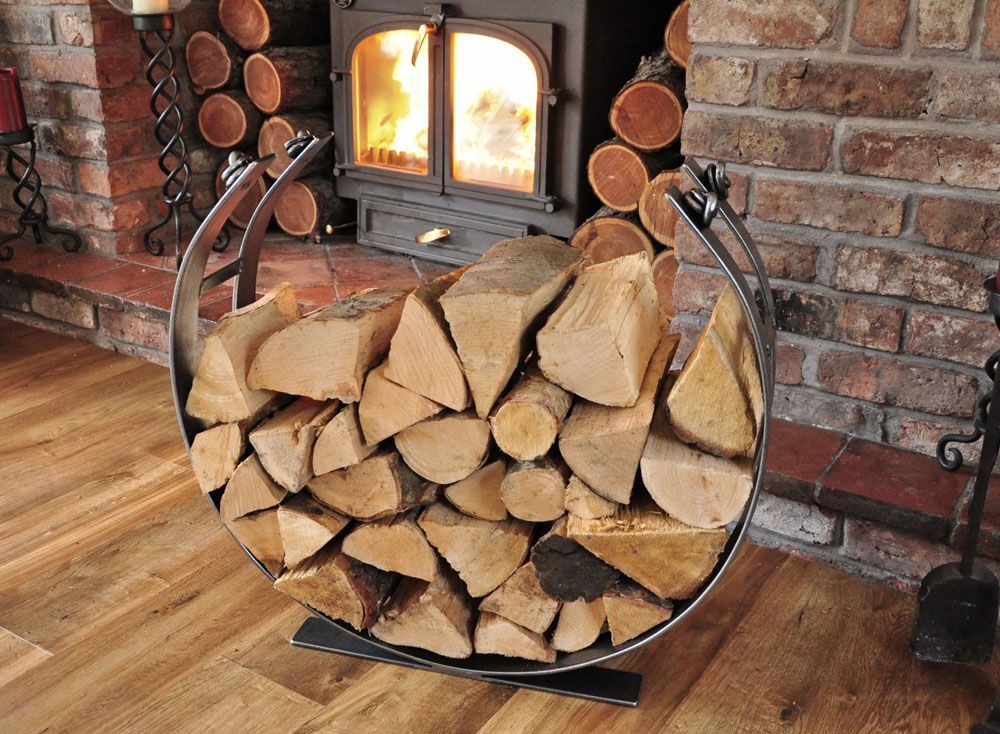Safeguarding Your Home: The Crucial Role of Fully Functioning Rainwater Goods and Correct Flow Rates
The roof over our heads provides more than just shelter; it serves as a protective barrier against the elements. However, for a home to truly weather the storm, both figuratively and literally, the importance of fully functioning rainwater goods cannot be overstated. Gutters, downpipes, and proper flow rates play a critical role in managing rainwater runoff, preventing potential damages that can wreak havoc on a home's structure and foundation.
In this comprehensive guide, we will delve into the significance of having efficient rainwater management systems, explore the damages that can occur when water overflows, and emphasise the importance of maintaining correct flow rates.
Understanding Rainwater Goods: A Home's First Line of Defence
1. Gutters:
· Function: Gutters are channels attached to the edges of the roof that collect rainwater and direct it to downpipes. They prevent water from cascading over the edges of the roof, protecting the walls, foundation, and landscaping.
· Materials: Gutters can be made from various materials, including aluminium, cast iron, steel, and copper, each with its own set of advantages and considerations.
2. Downpipes:
· Function: Downpipes, also known as drainpipes or downspouts, guide rainwater from the gutters to the ground or a drainage system. They play a crucial role in ensuring water is effectively diverted away from the home's foundation.
· Materials: Downpipes are commonly made from materials like PVC, aluminium, or cast iron. The material choice depends on factors such as durability and aesthetic preferences.
3. Flow Rates:
· Importance: Flow rates refer to the volume of water that can be efficiently transported through the gutters and downpipes. Calculating and maintaining proper flow rates is essential for preventing overflow and water damage.
· Factors Influencing Flow Rates: The design of the rainwater goods, the pitch of the roof, and the size of the downpipes all influence flow rates.
The Importance of Fully Functioning Rainwater Goods:
1. Preventing Foundation Damage:
· Role of Gutters: Gutters prevent water from saturating the soil around the foundation. Without proper rainwater management, the soil can expand and contract, leading to foundation settlement and potential structural damage.
· Downpipes as Safeguards: Downpipes direct water away from the foundation, preventing pooling and erosion that could compromise the structural integrity of the home.
2. Protecting Exterior Walls:
· Water Staining and Erosion: Overflowing water can stain exterior walls and lead to erosion of the mortar between bricks or siding materials. This not only compromises the aesthetic appeal of the home but can also result in costly repairs.
3. Preserving Landscaping:
· Preventing Erosion: Efficient rainwater management protects landscaping elements such as flower beds and lawns from erosion caused by water runoff. This ensures the longevity and health of the outdoor environment.
4. Avoiding Basement Flooding:
· Role of Downpipes: Downpipes are instrumental in preventing basement flooding. By directing water away from the foundation, they mitigate the risk of water seeping into the basement, which can lead to mould growth and structural damage.
5. Enhancing Longevity of Roofing Materials:
· Reducing Water Exposure: Fully functioning gutters prevent water from cascading over the edge of the roof, reducing the exposure of roofing materials to constant moisture. This helps extend the lifespan of roofing materials.
6. Preventing Water Stagnation:
· Stagnation Risks: Stagnant water in gutters due to clogs or improper flow rates can attract pests and create a breeding ground for mosquitoes. Regular maintenance ensures water flows freely, minimizing stagnation risks.
Damages Caused by Water Overflow: A Closer Look
1. Foundation Cracks and Settlement:
· Impact: Water pooling around the foundation can lead to soil erosion and settling, causing cracks in the foundation. This compromises the stability of the entire structure.
2. Basement and Crawlspace Issues:
· Water Seepage: Overflowing water can infiltrate basements and crawlspaces, leading to dampness, mould growth, and potential damage to stored belongings.
3. Exterior Wall Deterioration:
· Staining and Erosion: Water running down exterior walls due to overflowing gutters can result in unsightly stains and accelerate the erosion of building materials.
4. Roof Damage and Leaks:
· Erosion of Roofing Materials: Constant exposure to overflowing water can erode roofing materials, leading to leaks and damage to the interior of the home.
5. Landscaping Erosion:
· Impact on Plants and Soil: Overflowing water can erode soil and damage plants, impacting the aesthetics and health of the landscaping.
Factors Influencing Correct Flow Rates:
1. Gutter Size and Design:
· Capacity: Larger gutters have a higher capacity for water, reducing the risk of overflow. The design, including the shape and slope, also influences flow rates.
2. Downpipe Size:
· Matching Capacities: Downpipes should have a capacity that matches or exceeds that of the gutters to ensure efficient drainage.
3. Roof Pitch:
· Water Collection: The pitch or slope of the roof affects how quickly water is collected. Steeper pitches may require larger gutters to accommodate faster water runoff.
4. Maintenance Practices:
· Preventing Clogs: Regular cleaning of gutters and downpipes is essential to prevent clogs that can impede the flow of water.
5. Installation Quality:
· Professional Installation: Proper installation by experienced professionals ensures that gutters and downpipes are positioned correctly, optimizing flow rates.
Choosing the Right Rainwater Goods: Questions to Ask
1. What Size Gutters Are Suitable for My Roof?
· Consideration: The size of the gutters should match the roof area and pitch to ensure they can handle the volume of water during heavy rainfall.
2. How Many Downpipes Do I Need?
· Consideration: The number and placement of downpipes depend on the size of the roof and the local climate. Adequate downpipes prevent overloading and facilitate efficient drainage.
3. Which Material is Most Suitable for Gutters and Downpipes?
· Consideration: The material choice for gutters and downpipes impacts durability, maintenance requirements, and aesthetics. Options include aluminium, steel, vinyl, and copper.
4. What Regular Maintenance Practices Should I Follow?
· Consideration: Regular cleaning and inspection of gutters and downpipes are essential to prevent clogs and ensure optimal flow rates.
5. Is a Leaf Guard or Gutter Protection System Necessary?
· Consideration: Leaf guards or gutter protection systems can help prevent debris buildup, reducing the risk of clogs and overflow.
6. Should I Consider Specialty Gutters, Such as Box Gutters or Half-Round Gutters?
· Consideration: Specialty gutters may offer unique aesthetic or functional benefits. Box gutters, for example, can be integrated






